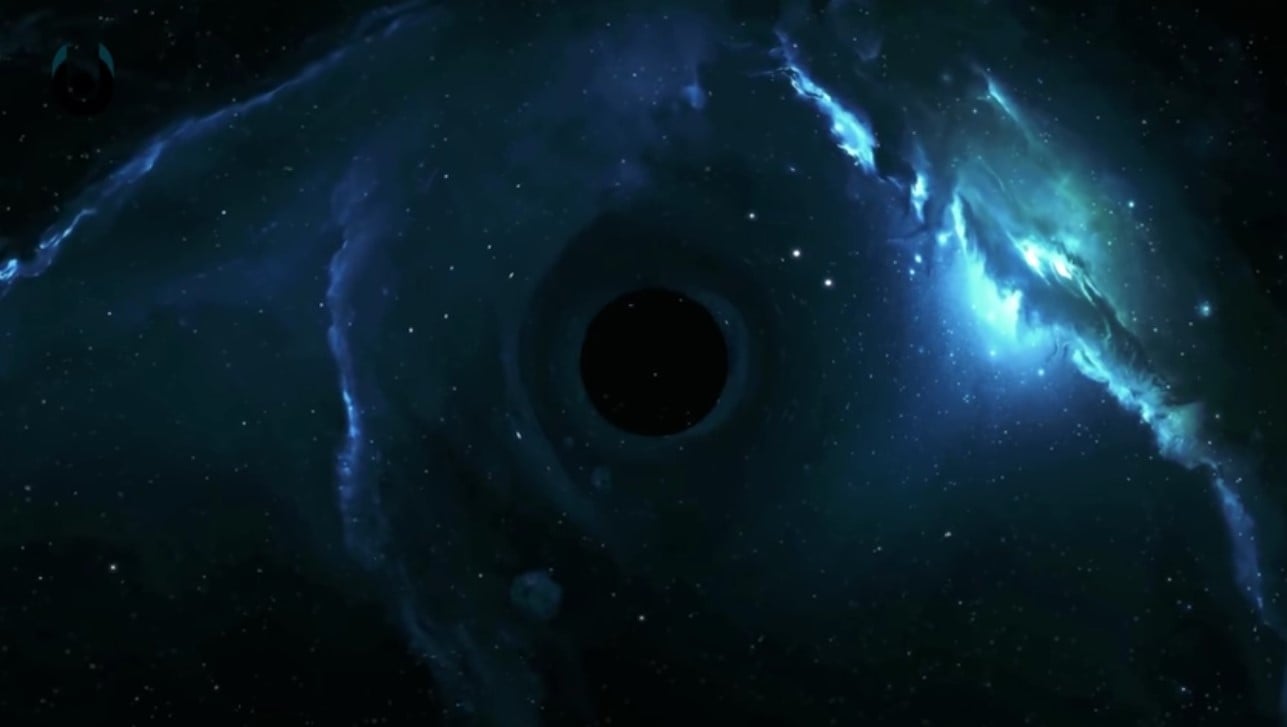While the existence of smaller black holes surrounding the Milky Way was theorized for quite some time, we didn’t have evidence of their existence until now. New research confirms the existence of these smaller black holes, carried out by astrophysicist Chuck Hailey.
With rare exceptions, there’s a supermassive black hole at the center of every galaxy where millions of solar masses collect in a single location. Surrounding these black holes are a number of smaller black holes, and while we’ve managed to find the stars, dust, gas, and electromagnetic radiation in our Milky Way, we hadn’t been able to prove the existence of these black holes until this recent research published by a research team headed by Chuck Hailey.
Chuck’s team employed a creative new method in order to find these smaller holes in the Milky Way, These bodies are very difficult to observe – largely because they don’t emit any radiation that our detection tools would be sensitive to. When the black holes are surrounded by other matter it can sometimes be possible to detect their location, but some of these holes are the only star in their system. However, there is a method that detects a bright burst of X-rays that a binary system emits. A binary system is a star and a black hole orbiting one another – and it would theoretically be possible to detect the black holes in the Milky Way in this manner.
According to Chuck Hailey, “It’s an obvious way to look for black holes. But the Galactic Center is so far away from Earth that those bursts are only strong and bright enough to see about once every 100 to 1000 years…Since we haven’t gotten lucky, we were going to need a new method.”
Obviously, modern scientists don’t have the ability to wait that long in order to detect the existence of these bodies in the Milky Way, so Hailey and his team took a different approach. Instead of looking for those binary systems that featured both a star and a black hole, they discovered that you could look for a tiny X-ray emission that should have existed when these systems weren’t active. If the binary systems in the Milky Way were rapidly giving off big bursts of energy it would be difficult to discover the black holes, but considering that the X-ray bursts are so rare, it was possible to isolate the traces that were left over.
Through looking at the X-ray signatures of inactive and quiet black hole and star binary systems, we saw around 12 instances in the galaxy. Considering that we’ve only discovered around 60 black holes in total inside of our Milky Way, this is a gigantic increase. However, discovering these 12 black holes inside of the Milky Way gave us access to data that is much more significant. Considering that the star systems are within 3 light years of Sagittarius A*, we were able to determine that the total number of black holes in the region is somewhere between 300 and 500 binaries and a whopping 10000 isolated black holes in our vicinity.
This discovery is huge, because it gives us confirmation of a piece of knowledge that was theorized for quite some time but never able to be proven. Because the black holes were so far away, we couldn’t rely on the traditional methods. That inactivity proved to be a benefit, however, as these small traces gave us the knowledge we need to confirm the existence of thousands of new black holes and put the question of whether or not there were more holes in the Milky Way to rest.





